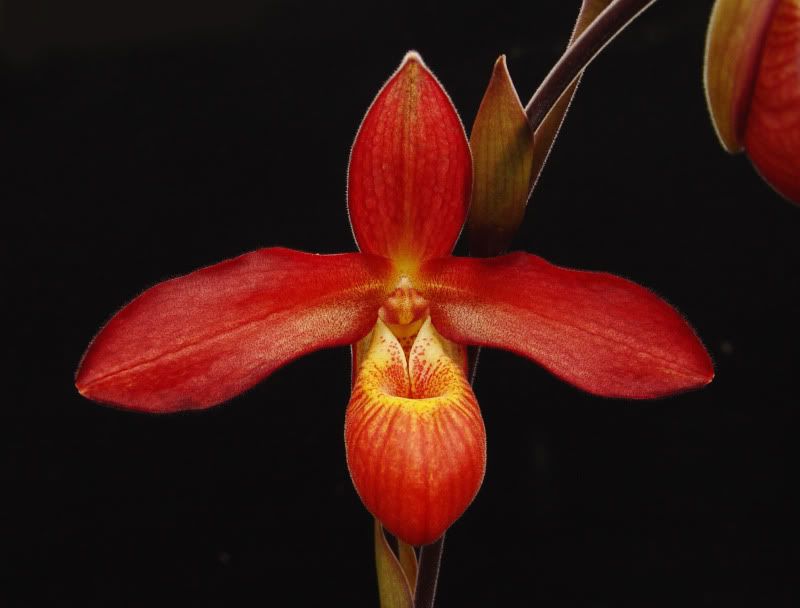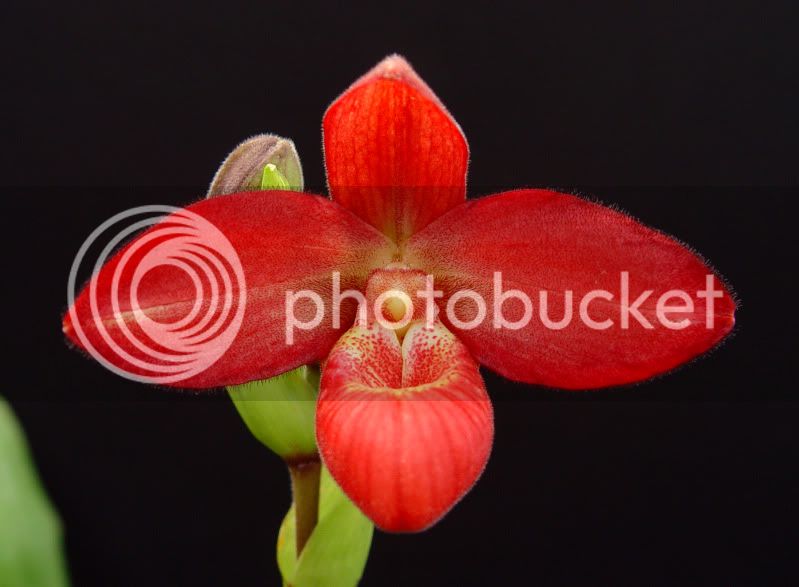D
Drorchid
Guest
A few years ago I decided to line breed some of our Phrag. Mem. Dick Clements (I don't think anyone had tried doing that), so I sibbed two first generation Dick Clements that both looked similar to this flower:

In the next generation it is amazing what an improvement I got, the flowers almost have the same shape as a Jason Fischer, but still have the same color as a M.D. Clements. I have used one of these to remake Jason Fischer, so hopefully the shape of the Jason Fischer will improve as well!
line bred Phrag. M.D. Clements 'Superior':

Robert

In the next generation it is amazing what an improvement I got, the flowers almost have the same shape as a Jason Fischer, but still have the same color as a M.D. Clements. I have used one of these to remake Jason Fischer, so hopefully the shape of the Jason Fischer will improve as well!
line bred Phrag. M.D. Clements 'Superior':

Robert



